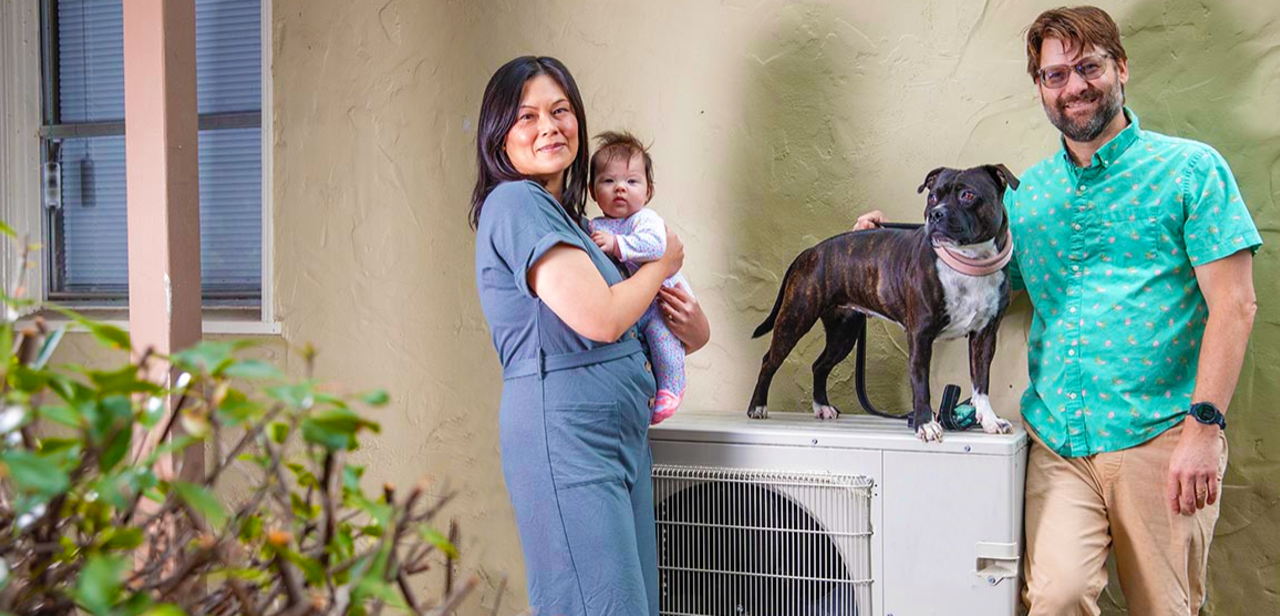How one family saved $13,000 on their taxes by going green
Editor's note: As of February 18, 2025, the tax credits included in this article were still available to consumers. It requires an act of Congress to change or cancel federal tax credits.
Randy Grow had a deadline.
With a baby on the way, he wanted to get his Oakland, California, home off of fossil fuels. “Everything in our home ran on gas,” he says. Bringing a new child into the world amid a climate crisis motivated him to change that. (Why is natural gas problematic? Its main component is methane, which has 80 times the warming power of carbon dioxide over the short-term.)
The cleanest option was for the family to electrify everything and power their home with solar energy.

So Randy and his wife, Debbie, got to work. They installed solar panels on their roof and replaced both their gas stove and clothes dryer with electric models. They also replaced their furnace with a heat pump, which both heats and cools their home, and installed an electric water heater.
Thanks to the Inflation Reduction Act and other incentives, the couple were able to claim nearly $13,000 in tax credits for going green.
Money back for going green
The Inflation Reduction Act includes billions of dollars to help consumers slash their planet-warming pollution.
Here are some of the items with federal tax credits through the law:
Electric vehicles
The Inflation Reduction Act rewards qualifying electric vehicle buyers with a tax credit of up to $4,000 on the purchase of a used EV and up to $7,500 for a new car. The credit is issued through dealerships at the time of sale — and since some models already sell for less than $30,000 — it makes EVs much cheaper, especially when you consider that the average household spends hundreds of dollars per month on gasoline. There are caveats. For example, battery materials can't come from certain countries, so make sure the model you’re considering qualifies.
Heat pumps
Heat pumps can both heat and cool your home and use less energy overall, making them a greener choice than the traditional furnace/air conditioning combination. They also come with a federal tax credit of up to $2,000. (For households with lower incomes, the Inflation Reduction Act also funds a rebate of up to $8,000 on heat pumps, administered by the states. Consult your state's energy office to find out the status of this rebate.)
Clean energy systems
A federal tax credit of up to 30% of the cost of your clean energy system is available to households that invest in clean energy such as solar. Considering that the average cost of installing a residential rooftop solar-powered system is about $19,000 — that’s $5,700 in savings. Beyond that, the average solar-powered home saves about $300 every year on electricity.


